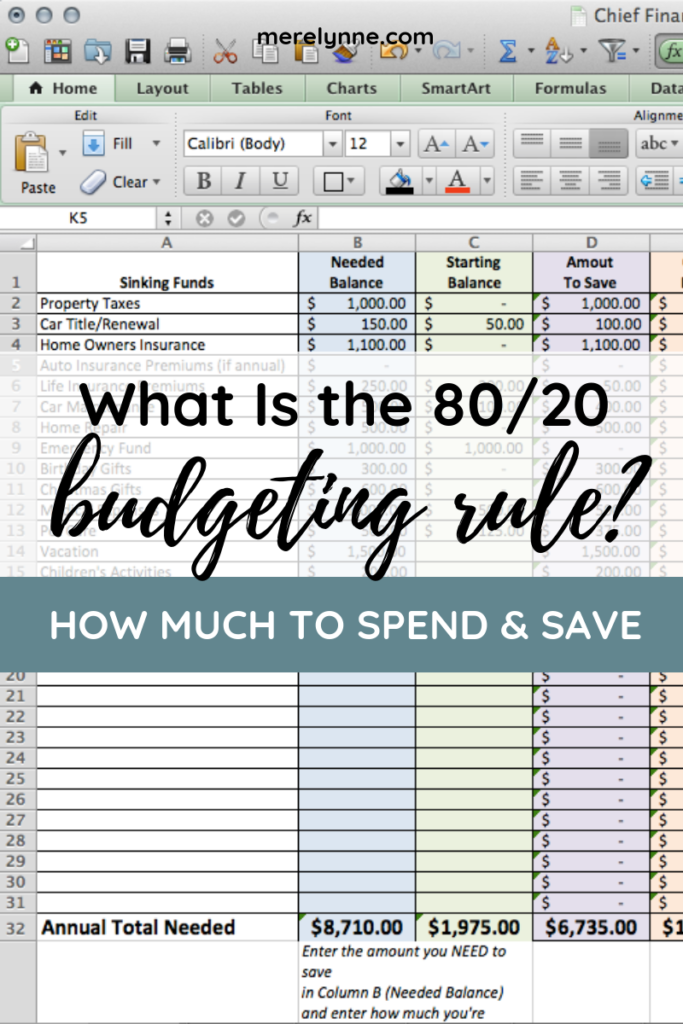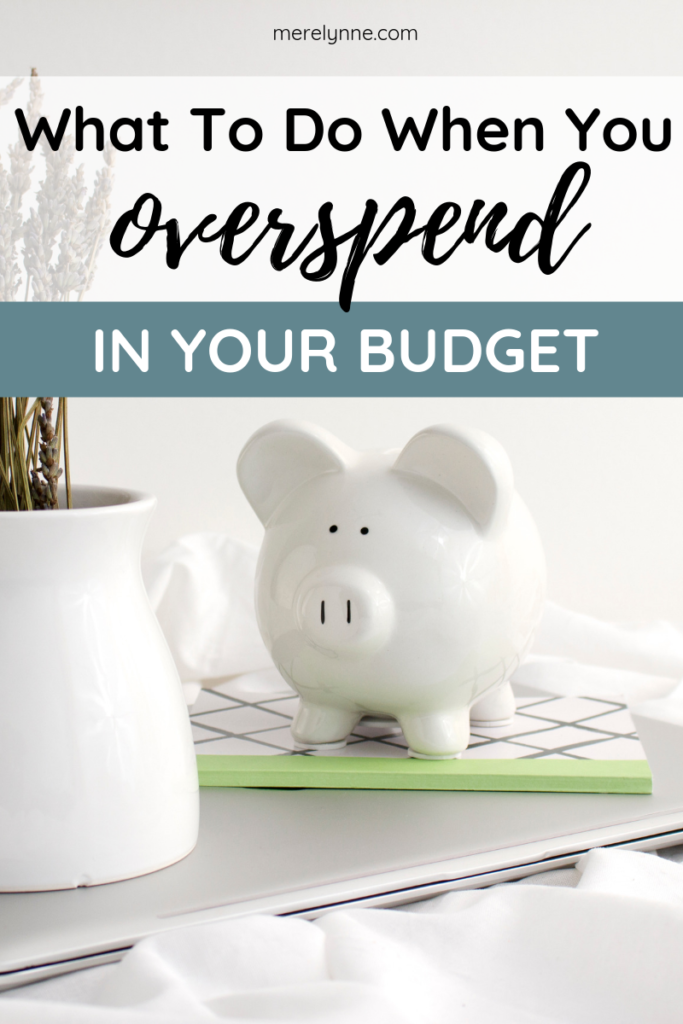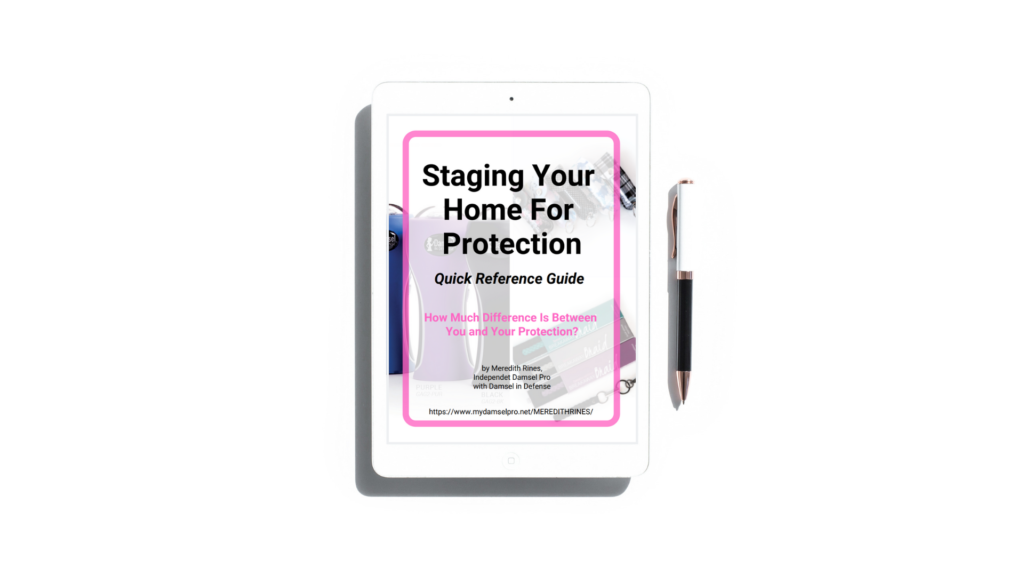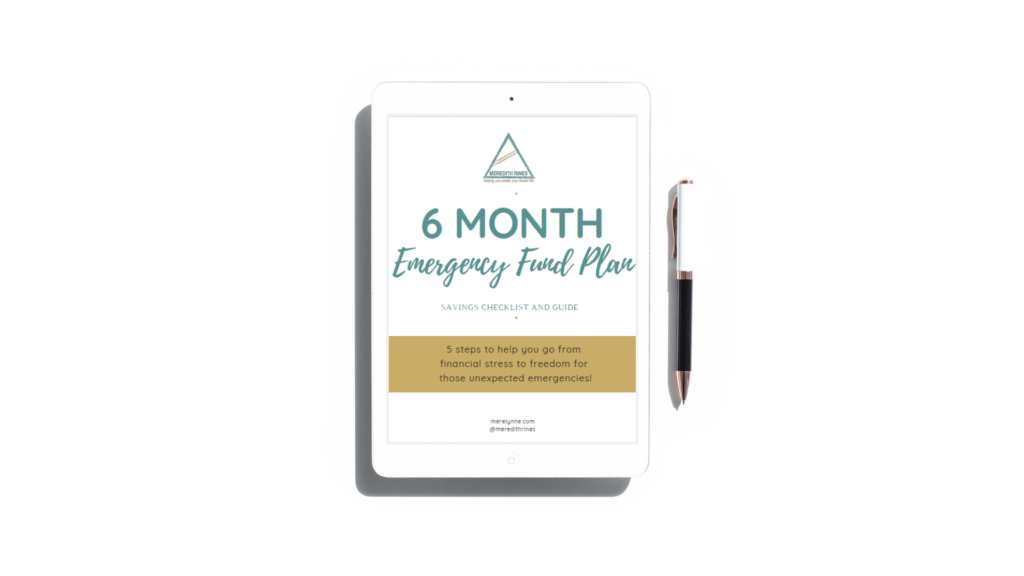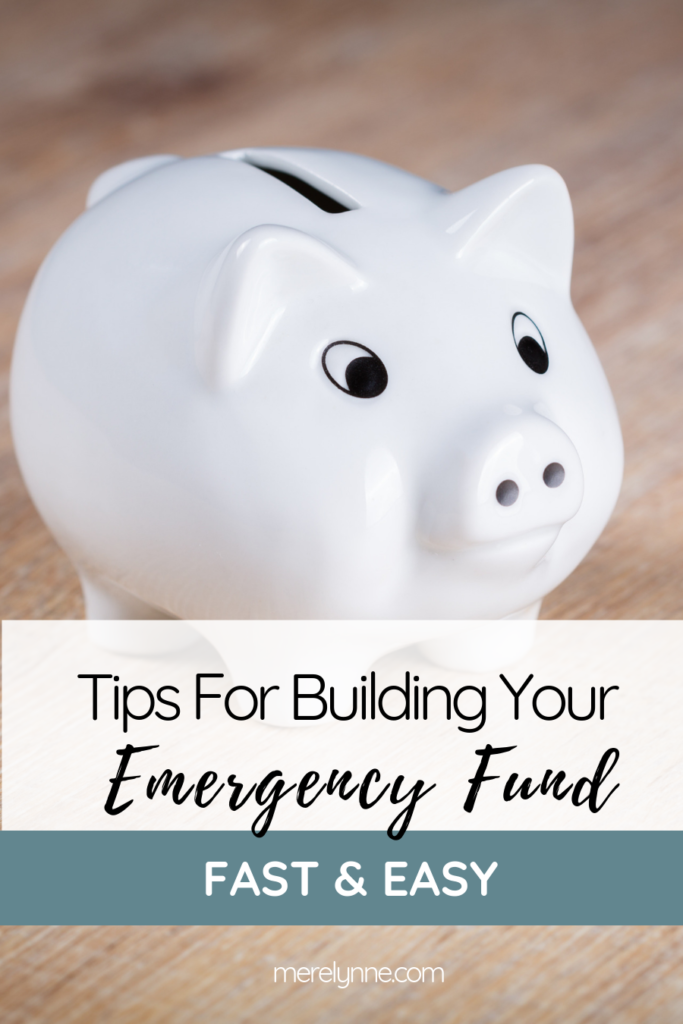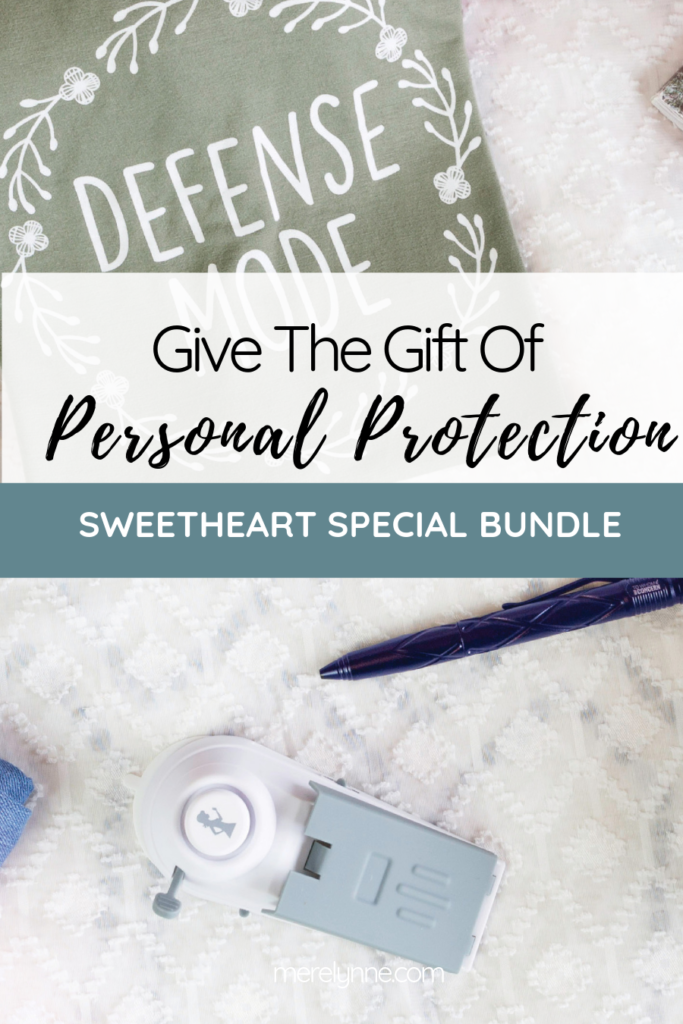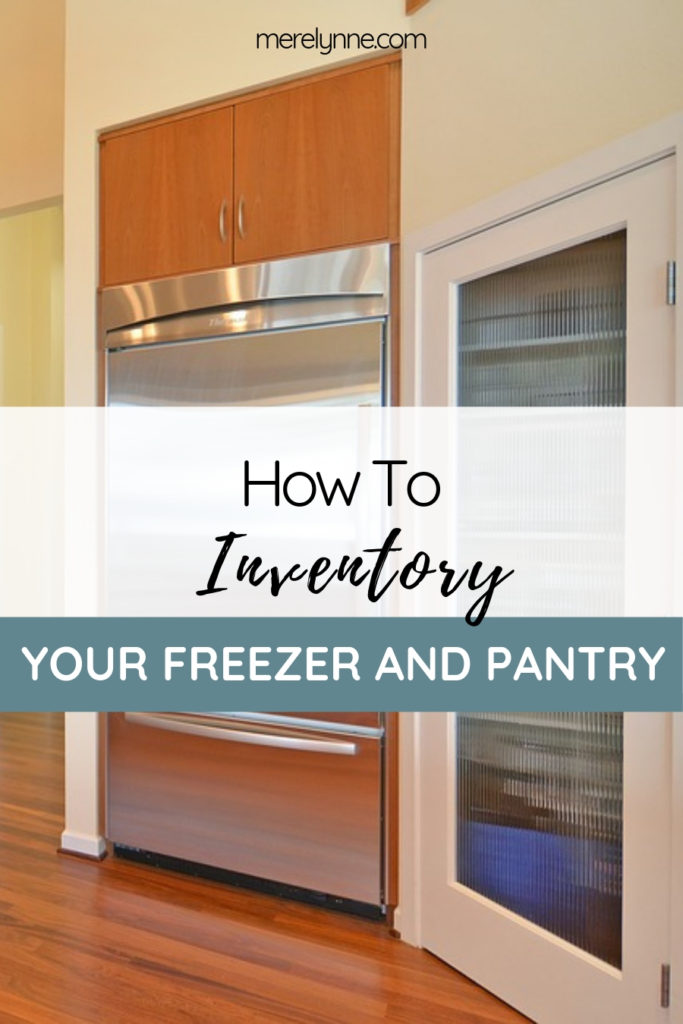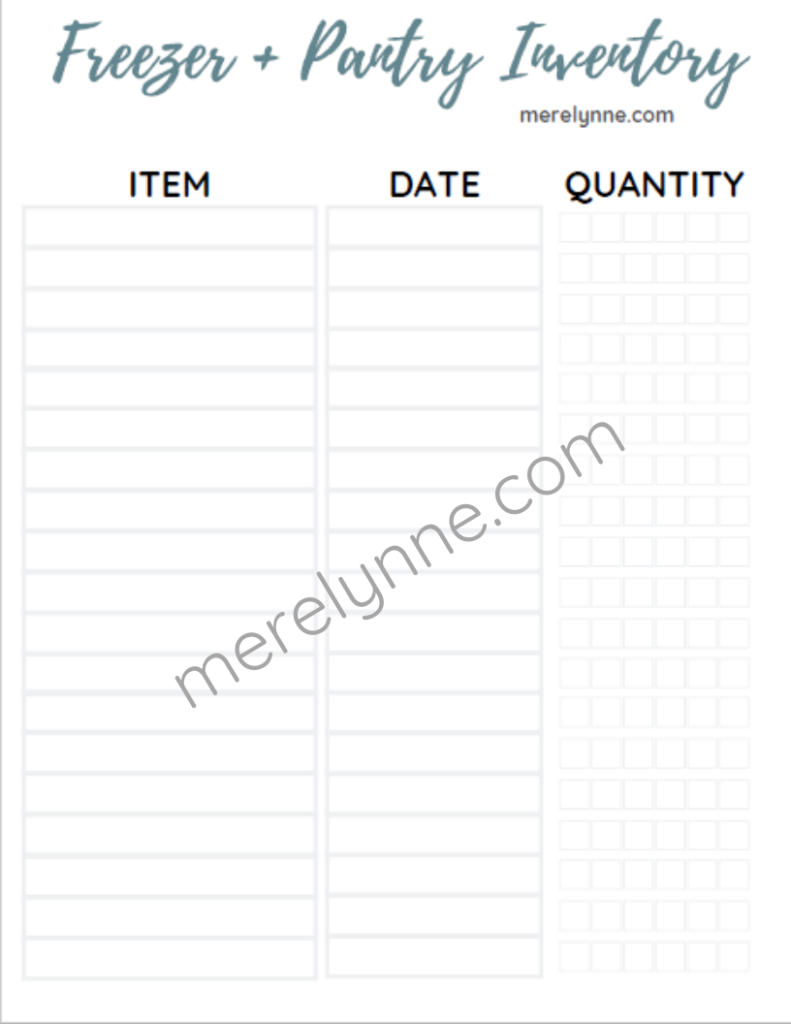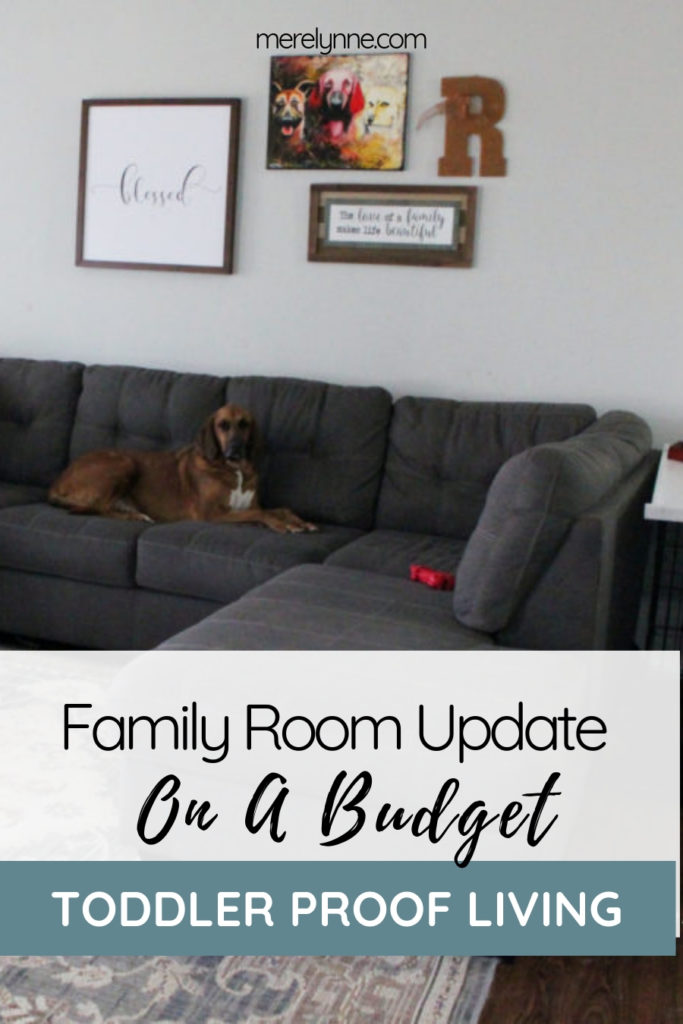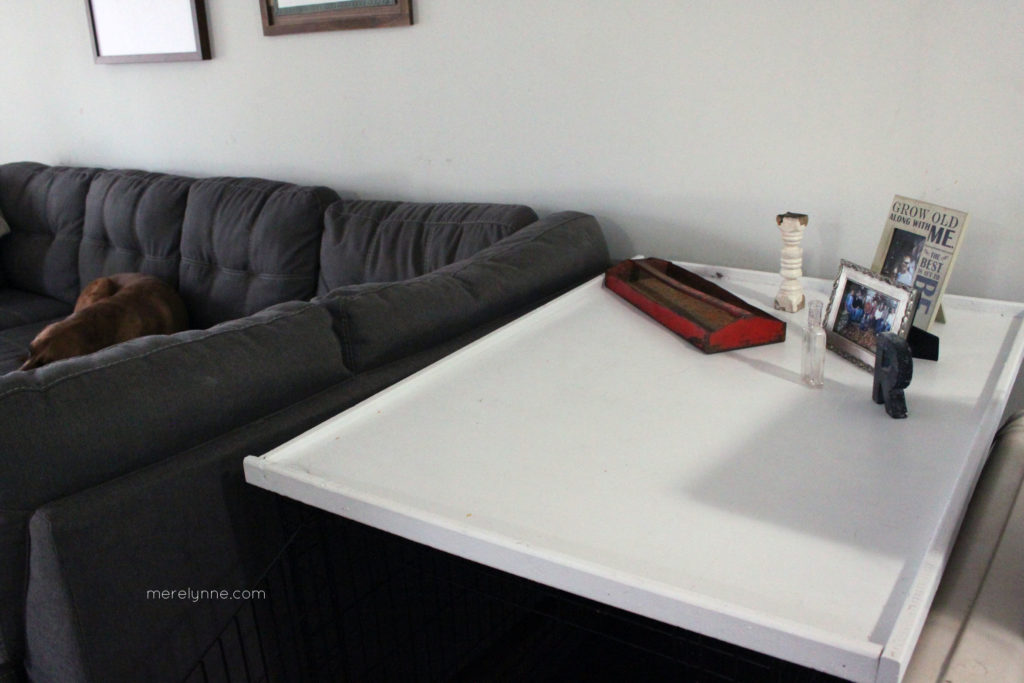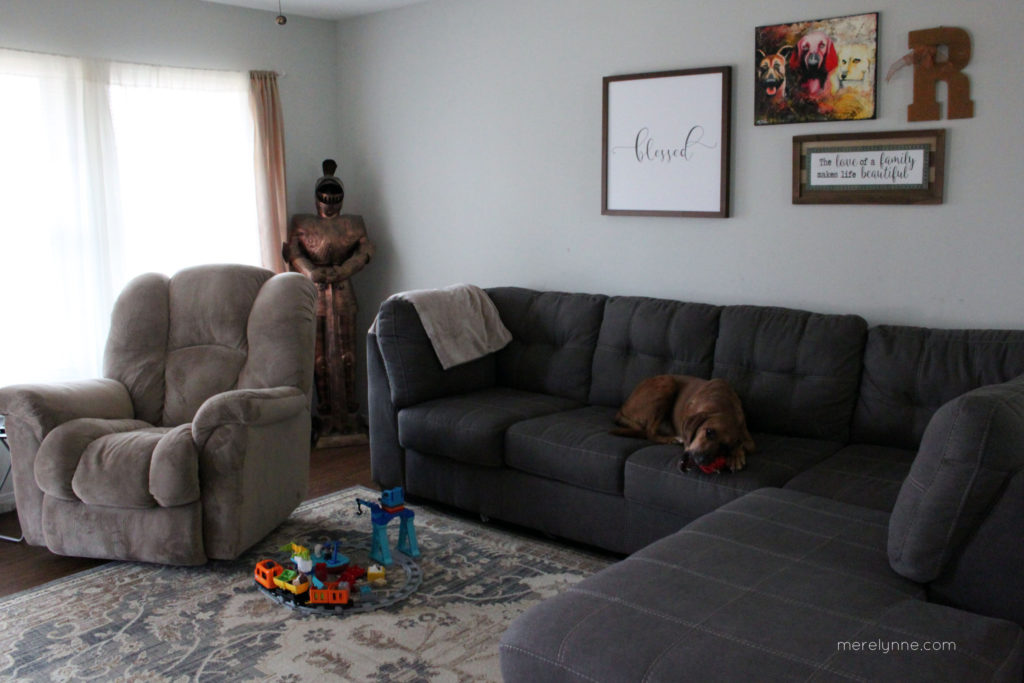Have you heard of the 80/20 rule before when it comes to budgeting?
It’s a budgeting technique that’s thrown around from time to time and it can be pretty useful to those that really hate the idea of tracking expenses.
In today’s video, I’m diving into the 80/20 rule and how it can help you family finally conquer your money woes. The 80/20 rule is a simple budget system that allows you to pull 20% of your take home pay right off the top for savings and then the rest is fair game to pay bills, buy groceries, and do everything else you want.
Be sure to watch the video to see more about this budget and how it could work for your family. You can watch online or down below:
In the video, I talked a lot about your take home pay. It’s important you understand how much money you actually get to bring home each month so that you can more accurately plan. Here’s a breakdown of the 80/20 rule:
Take 20% off the top
The first step in implementing your new 80/20 budget is to immediately take 20% of your take home pay and put it into a savings account. This 20% is for your emergency fund and your future sinking funds, i.e. property taxes, vacations, and annual bills.
Spend the 80% wisely
The remaining 80% is for the rest of your monthly expenses. It includes your monthly living expenses – rent/mortgage, utilities, cell phone, insurance and so on. It also includes your discretionary spending – groceries, eating out, miscellaneous. Finally, the 80% should also cover your minimum debt payments for loans, credit card bills and so on.
If you have any money remaining out of the 80% at the end of each month then that money should be applied to debt or put towards your sinking funds.
Grab The Checklist
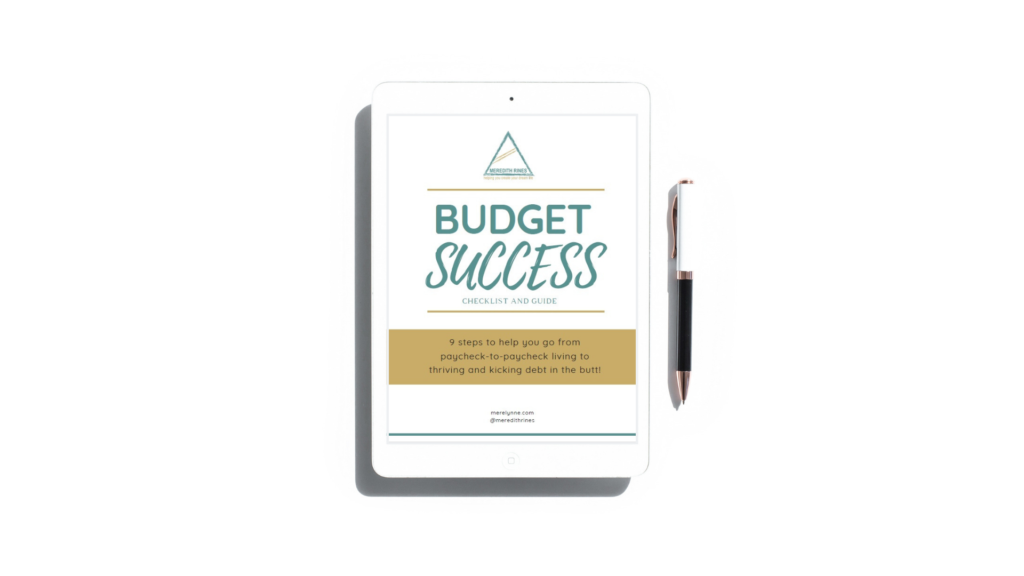
Ready for more help in creating your dream budget? Grab the Budget Success Checklist to help. We’ll walk you through each step in creating a budget – from understanding your expenses to estimating your income with accuracy.




